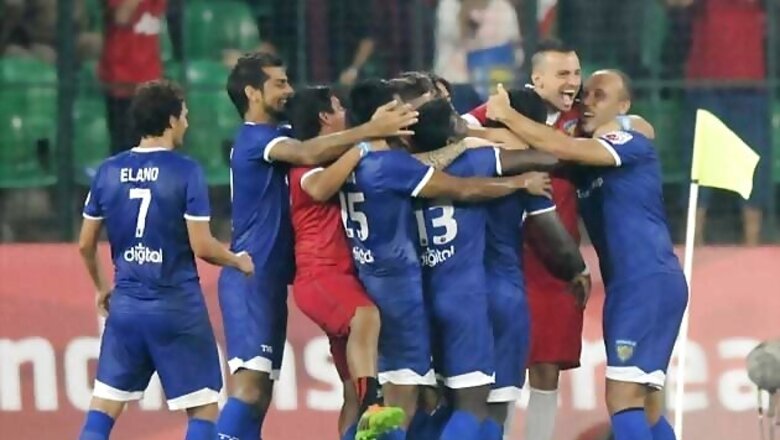
views
When Robin van Persie scored the equalising goal for Manchester United against Chelsea on Sunday evening, I jumped up from my bed in exultation, punching the air and whooping in primal joy. Two days earlier, when Felipe de Castro scored deep into injury time for NorthEast United FC, consigning Mumbai City FC to a home defeat, the crowd at D.Y. Patil stadium cheered and clapped the goal. While the romantics would like to believe that the home crowd was magnanimously exhibiting sportsmanship and love for the game, the fact is they were cheering because they were able to witness some goal-mouth action in an otherwise drab contest and it really did not matter that the goal was scored against the team which they were vociferously supporting.
The goal provided some bang for their buck and made the trip to the stadium worth it. And therein lies the biggest challenge for the newly formed Indian Super League.
Manchester United, Real Madrid and Barcelona are arguably the three biggest clubs in world football, largely due to the fact that they have the biggest fan bases. All three of them have fans from across the world and the same is true for all the big European clubs. However, back when the game was not commercialized and broadcasted on TV, it was the local fans which formed the backbone for all these clubs.
The rivalry among all these clubs is steeped in parochialism, regionalism and historical connotations. Can you imagine an Anfield crowd ever celebrating a Manchester United goal or a Nou Camp one cheering for Real Madrid? Closer home, will you ever find a Mohun Bagan supporter clapping an East Bengal goal against their beloved team. You would absolutely not because the fans and supporters for all these clubs feel a deep sense of attachment to their club of choice, so much so that the club's fortunes on the field often dictate the mood of the average fan. A win means happiness and joy, a loss brings despair and disappointment. For the Indian Super League to have any chance of long term success, it has to cultivate and breed this sense of strong attachment in the fans.
The Indian Super League has a lot going for it. The tournament has started well, the quality of football is passable for the moment, and most importantly it has been able to grab eyeballs. The fans have flocked to the stadiums which in itself is a big achievement, considering that I-League matches often fail to register even a 1000 people in the stadium.
The organisation of the tournament and the management of the competing clubs have the stamp of professionalism about them and so does the live coverage of the games on TV. Indian players have for the first time had a chance to play and train with established world stars and that can only lead to development in their skill and professionalism. The tournament has also made available to them training and coaching methods of a much higher standard. The quality of football will undoubtedly increase with the increase in skill and fitness levels of the players.
While the team management is working towards that goal, the administrators, brand ambassadors and the corporate sponsors need to concentrate on building up their franchises and growing their fan bases. A loyal and motivated fan base not only strengthens the club economically but has the power to drive the team's performances on the pitch. World football is littered with stories of epic performances and comebacks where a vociferous crowd proved to be the initial catalyst.
The Indian Super League is obviously conceptualized on the model of the hugely successful Indian Premier League and hopes to mirror the success of the same. A two-month tournament, foreign expertise coaching, efficiently organized with a dose of glamour and very healthy prize money for the eventual winners are all elements borrowed from the IPL. The good thing for the ISL is that some of the factors which contributed to the enormous success of the IPL hold true for it as well.
The timings and duration of the games, the reasonably priced tickets and the carnival-like experience of a stadium atmosphere have worked nicely enough to get the crowds in to the stands, just like the IPL.
However, where the ISL significantly deviates from the IPL model is in the talent pool. Cricket is a national obsession and as such, the IPL clubs never really faced a talent crunch. In fact, they have had the luxury of cherry-picking the best prospects from around the country and world over. But there is no set structure in place for football. There are no academies who can nurture talent, no scouting networks in place to pick out talent from the far-flung reaches of this vast country and the youth set-up is non-existent.
For the ISL to be a success the real work for these clubs will start after the tournament ends. Will they invest in youth academies and scouting networks, will they bring in 10-12-year-old kids and provide expert coaching to these prospects, will they develop their youth teams and participate in friendly competitions?
These are all essential questions on which the fate of not only ISL but Indian football depends.
Perhaps the way forward should be in tying up with I-League clubs who have some semblance of an academy in place. Efforts should be made to modernise and revamp these existing structures already in place to create a vibrant talent pool. The ISL has lofty ambitions of "bringing a football revolution" in the country.Such a revolution cannot be brought about in a couple of years.
An established football power like Germany set about revamping and modernising its existing youth set-ups and the fruits of those labours were only visible after a decade. The Spanish dominance of the past decade was brought through meticulous planning and development going back to the 1990s. One can only hope that the ISL clubs and their administrators walk their talk, invest time and money in creating youth setups and concentrate on developing their clubs with a long-term vision. If done right, progress will be visible and what a sweet day that would be for millions of football lovers of this country.












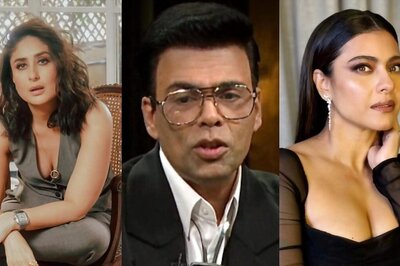
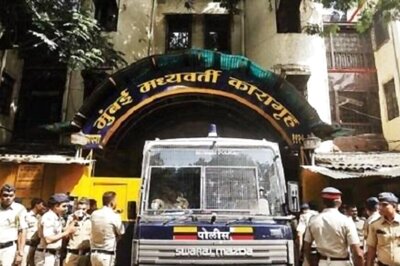
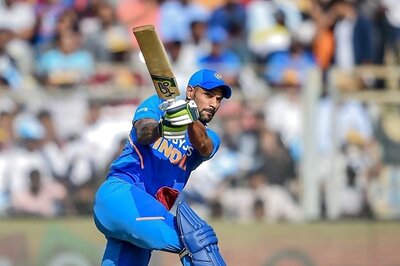
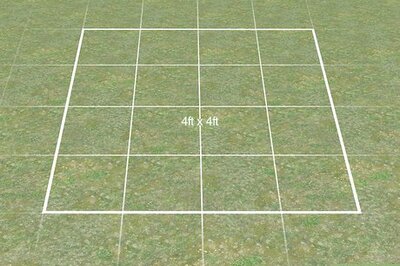
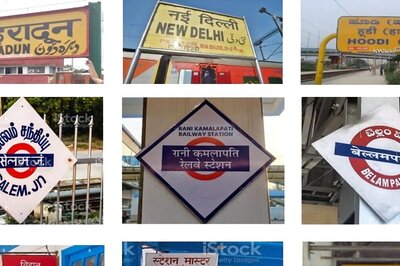
Comments
0 comment